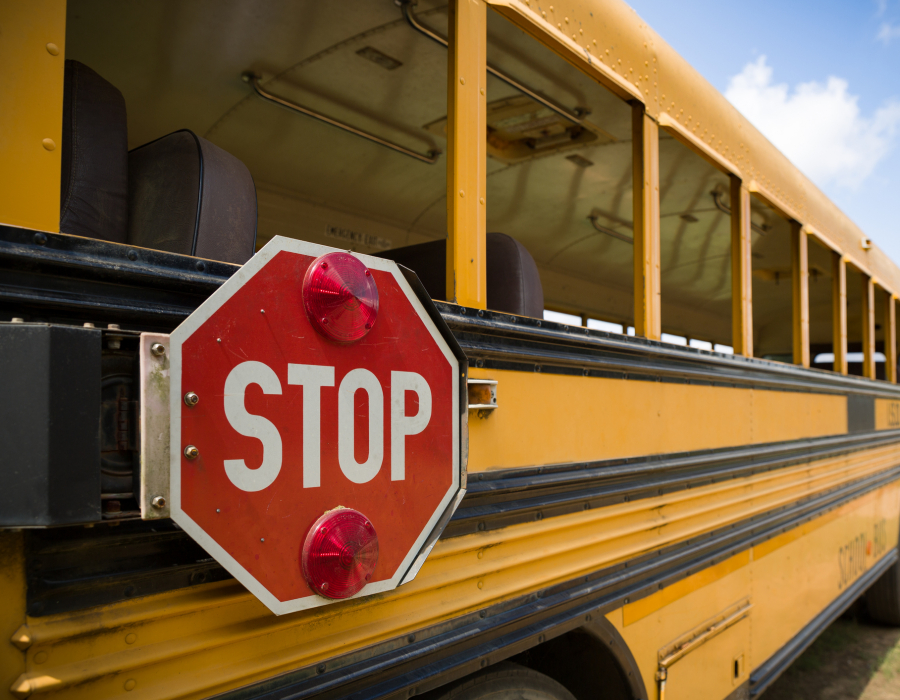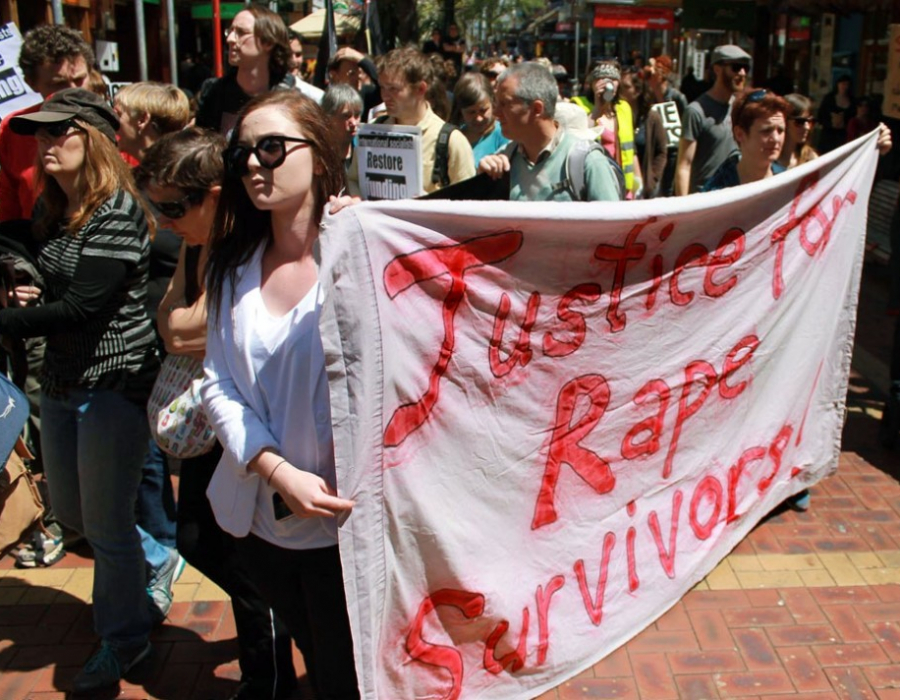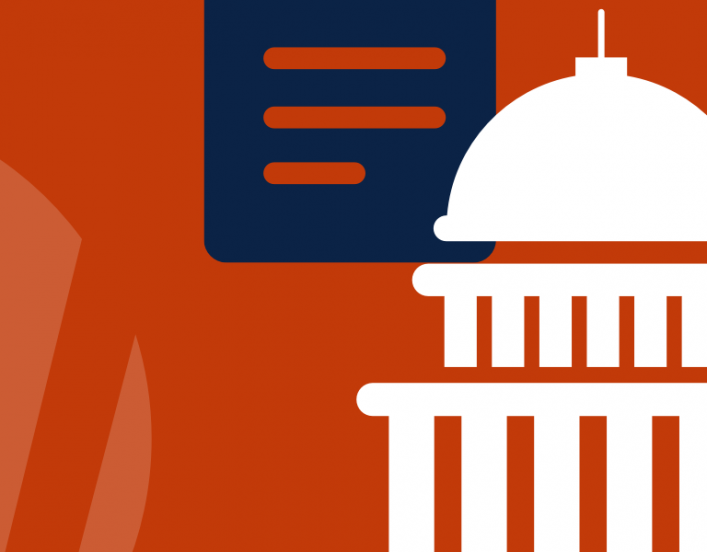Crossing the Line: Sexual Harassment at School (2011)
Such misconduct creates an unsafe and unwelcoming educational environment — interfering with learning and impacting students' mental and physical well-being.

Engage with the Research
AAUW fights for gender equity in education – which includes having a safe environment in which to learn. Join us in supporting Title IX and working to eliminate sexual discrimination, harassment and assault on campuses.
The Long-term Toll on Survivors
Large numbers of women say they experience bias and harassment on campuses. Yet they are often reluctant to report the incidents to officials because they worry about the psychological toll of reporting, the possibility they won’t be taken seriously, and the chance they may face retaliation. In addition, official reports of sexual harassment vastly understate its occurrence on campus.
Harassment and assault can have long lasting physical and psychological damaging impact. They contribute to a hostile and unsafe environment at an institution. It impacts the ability of a survivor to learn or continue to attend the institution. In the #MeToo era, reports have increased slightly at some schools. Yet many schools continue to make it difficult for students to come forward, and a majority of schools fail to properly report incidents of sexual harassment and violence when they occur. In 2017, the U.S. Department of Education rescinded a number of sexual harassment protections under Title IX.
According to AAUW’s 2010–11 Crossing the Line report, nearly half (48%) of the students surveyed experienced some form of sexual harassment and the majority of those students (87%) said it had a negative effect on them.
A Too Common Occurrence
- 2/3 of college students experience sexual harassment
- Nearly half of students in grades 7–12 report facing sexual harassment
- Despite numerous studies showing that rape is common on campuses, 89% of college campuses reported zero incidents of rape
- 79% of schools with grades 7–12 had zero reports of sexual harassment
Ending Campus Harassment & Assault
- Pass the Hold Accountable and Lend Transparency on Campus Sexual Violence Act (HALT). This bill would increase transparency and reporting on campus sexual violence, shedding important light on a pervasive problem.
- Fully Implement and Enforce Title IX. Schools have made significant strides in providing equal access to education but barriers to equity still exist, particularly for women and underrepresented populations. AAUW supports faithfully implementing Title IX, establishing clear guidance for schools on how to do so, and stopping attacks that weaken the law.
- Fully the Civil Rights Data Collection (CRDC). It is imperative to have data to understand the impact and patterns of sexual harassment and violence. Despite schools’ legal obligations, there are clearly too many schools who are not disclosing or providing appropriate environments for girls and women to report incidents. Greater effort must be made to enforce the CRDC and Clery Act requirements for reporting.

Policy & Legal Action
Although sexual harassment and sexual assault can happen to anyone, female students are disproportionately affected, impeding their safety, comfort and equal access to education. Both sexual harassment and sexual violence are forms of sex discrimination covered under Title IX. AAUW advocates for equitable climates free from harassment and bullying, as well as freedom from violence and fear of violence in schools. Read more about the policy measures we support and make sure you are informed of your rights on campus.


